Articles and Features
Love at First Sight? Controversial Architecture & the Buildings We Learned To Love
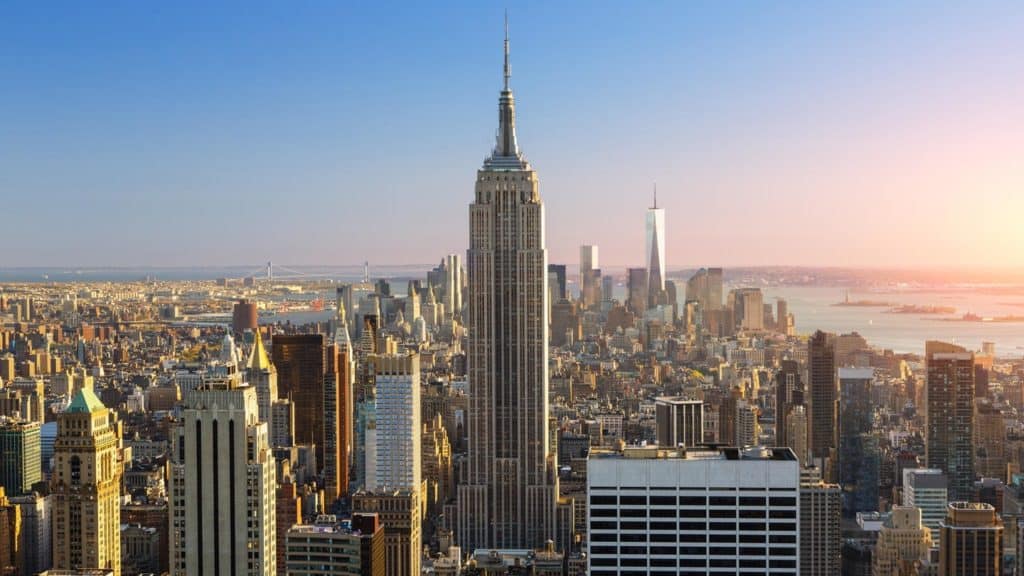
By Tori Campbell
Controversial architecture is often the result of the very nature of these large-scale and ambitious projects. These works take up physical space and massive financial resources, and the public often loves to hate new and daring buildings. From the Eiffel Tower to Frank Lloyd Wright‘s Guggenheim Museum, these architectural projects can end up on the receiving end of generations of hate before being torn down or neglected into disrepair; while others have more favorable futures — becoming iconic landmarks of global cities.
Controversial Architecture
Let’s look at the most controversial architecture in history, and look closer on which buildings became loved – while others remain the recipients of critique.
The Eiffel Tower: Paris, France
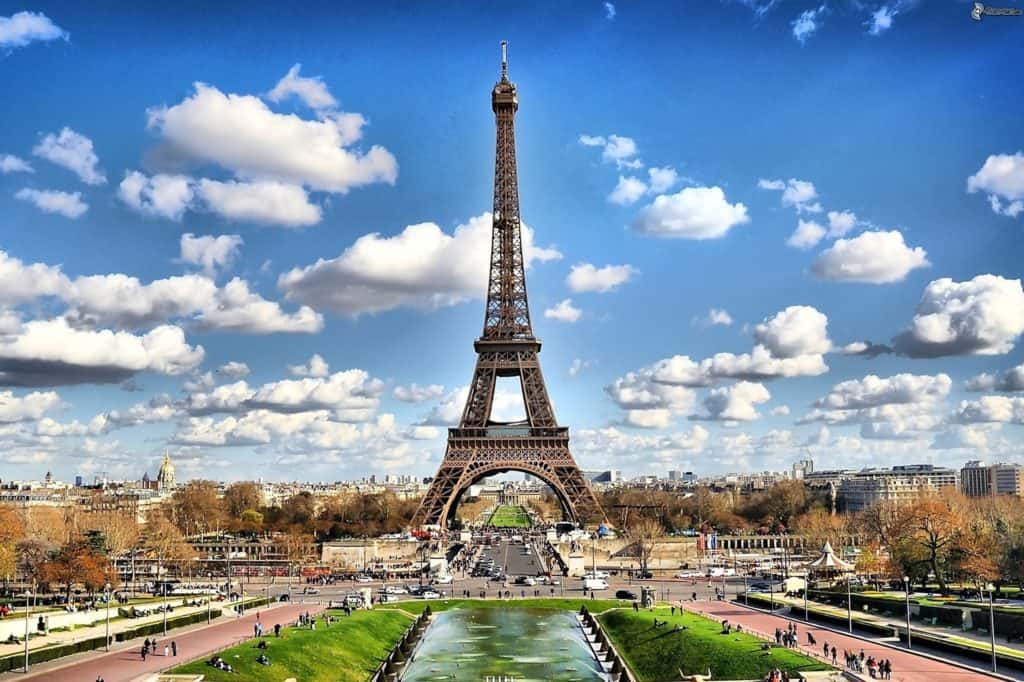
The legendary anecdote that French writer Guy de Maupassant enjoyed his lunch at the Eiffel Tower’s restaurant because it was the only spot in the city where he was guaranteed a view of Paris without the Tower, sums up the initial disdain that the residents felt for the structure. Built for the 1889 World’s Fair, the tower received ire from all sides; with Parisians believing that the structure would mar the low-rise skyline created by master urban planner Georges-Eugène Haussmann’s nineteenth-century redevelopment. Despite widespread anti-tower campaigns the success of the World’s Fair and the revenue that its 2 million visitors brought to the city, ensured the tower’s longevity and it is now iconic, a universal symbol for the city of Paris.
The Oculus: New York City, USA
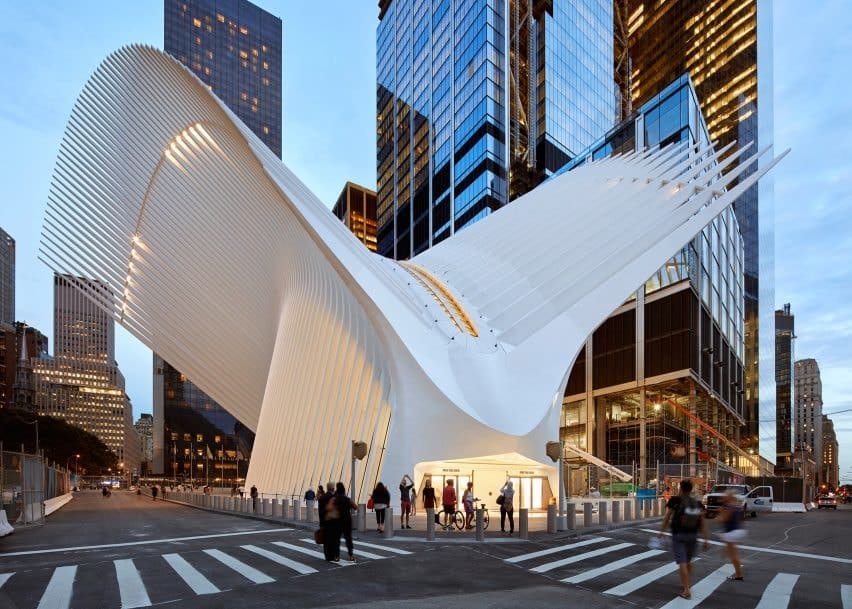
Photo: Dezeen
Never a light-hearted endeavor, The Oculus, the structure that was built to contain New York City’s PATH terminal and subway transit hub after it was destroyed in the attacks on 9/11 was shrouded in controversy from the very beginning. Designed by Spanish-Swiss architect Santiago Calatrava, The Oculus was inspired by the idea of a child releasing a bird, and the bone-white structural building can appear to have wings…but it may also look like the haunting rib cage of an animal. Controversial for the debates on if and how to build on the location, as well as its aesthetics, in the latter part of its construction a new controversy broiled: it was on its way to becoming the most expensive train station ever built. Topping out at nearly $4 billion, The Oculus is truly a grand piece of controversial architecture; in size, finances, and reputation.
Pruitt-Igoe Housing: St. Louis, Missouri, USA
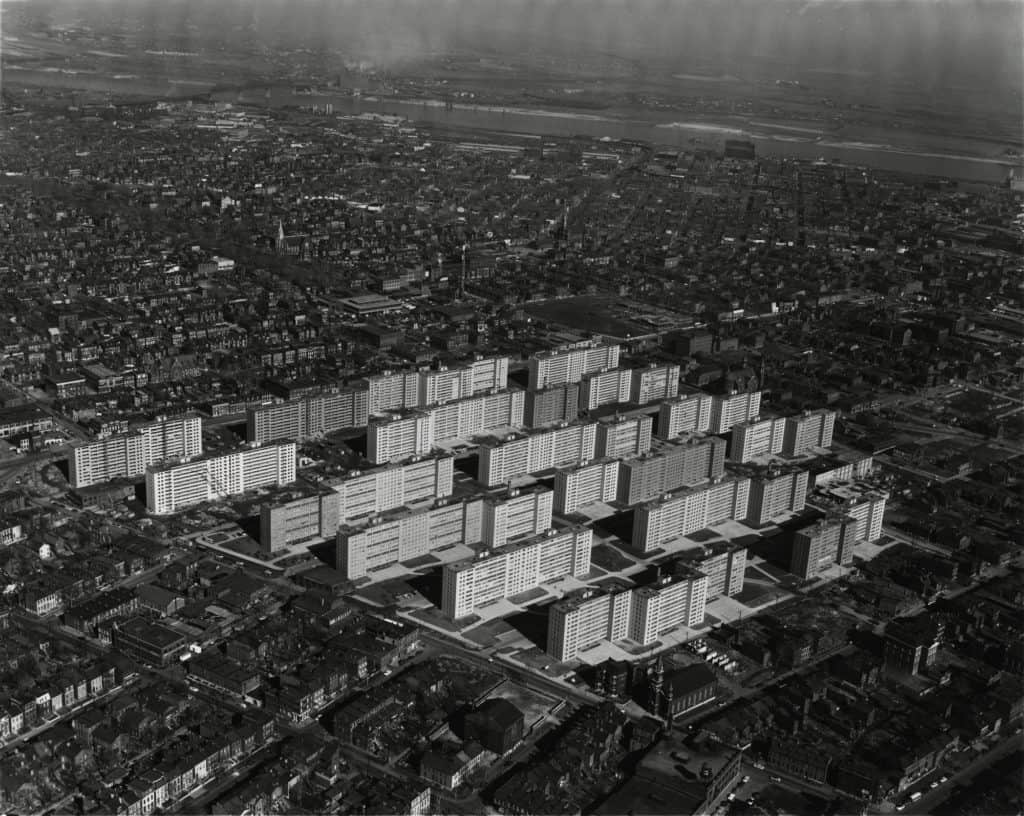
Photo courtesy of ArchDaily
Often cited as one of the worst failures in the history of public housing, the Pruitt-Igoe Housing Development is the only example of controversial architecture on this list that has actually been demolished due to its inability to fulfill even the basic needs of its purpose. Consisting of 33 eleven-story buildings the Pruitt-Igoe Housing Development was built in 1956 as a response to the housing shortage in St. Louis, Minnesota after World War II. Poorly maintained to the extent that the development exacerbated residents’ mental health problems and issues of racial segregation some occupants likened the housing to prison or hell-on-earth. By the end of the 1960s, less than 20 years after its completion, the buildings were demolished but the legacy of Pruitt-Igoe Housing lives on as the development plans are taught in urban design and architecture classes worldwide, as a perfect example of what not to do for public housing.
Al Janoub Stadium: Al Wakrah, Qatar
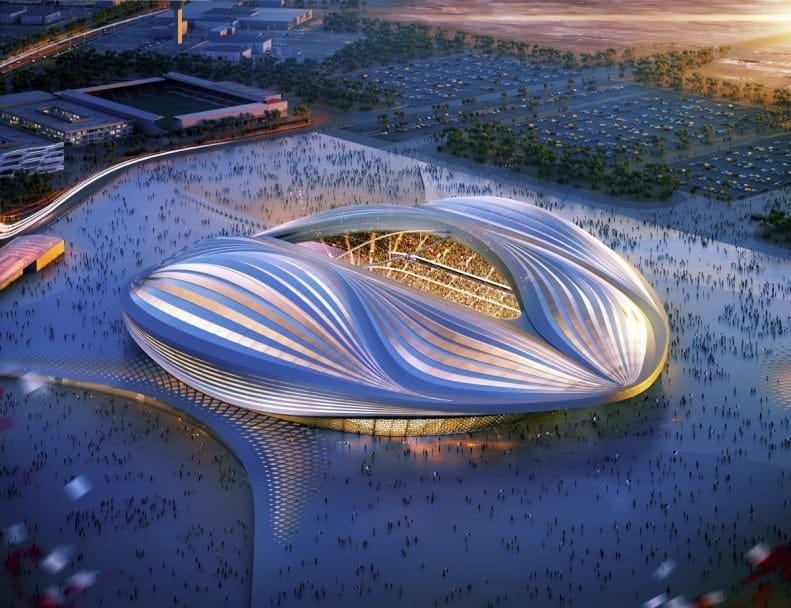
Inaugurated just last year, the Al-Janoub Stadium (formerly known as the Al-Wakrah Stadium) in Doha, Qatar was created by starchitect Zaha Hadid in anticipation of the 2022 FIFA World Cup. Initially under fire for the yonic appearance of the stadium (though this kind of criticism does not typically equally befall the phallic architecture we see every day) this aesthetic consideration became trivial in light of the more recent coverage involving the dismal working conditions for the migrant workers tasked with constructing the World Cup structures. The Al-Janoub Stadium was, in addition to the many other significant projects being constructed for Qatar’s World Cup, tragically one of the sites of over 1,000 migrant worker deaths.
20 Fenchurch Street: London, United Kingdom

Originally not-so-affectionately nicknamed ‘the Walkie-Talkie’ in reference to 20 Fenchurch Street’s resemblance to the boxy and modernist communication device — this nickname was traded out to reflect new changes to the building’s features in summer 2013. Renamed ‘the Walkie-Scorchie’ after the curved glass of the building reflected onto the street, raising temperatures to over 100 degrees Celsius; melting bicycle seats, shop-fronts, and most famously (and regrettably) an ill-fated Jaguar sedan. Paul Finch a supporter of the building through the ‘Walkie-Talkie’-related controversy, recently admitted his regret for supporting the project — bemoaning its ability to destroy objects with what has been dubbed its ‘Laser Death Ray’.
The Portland Building: Portland, Oregon, USA
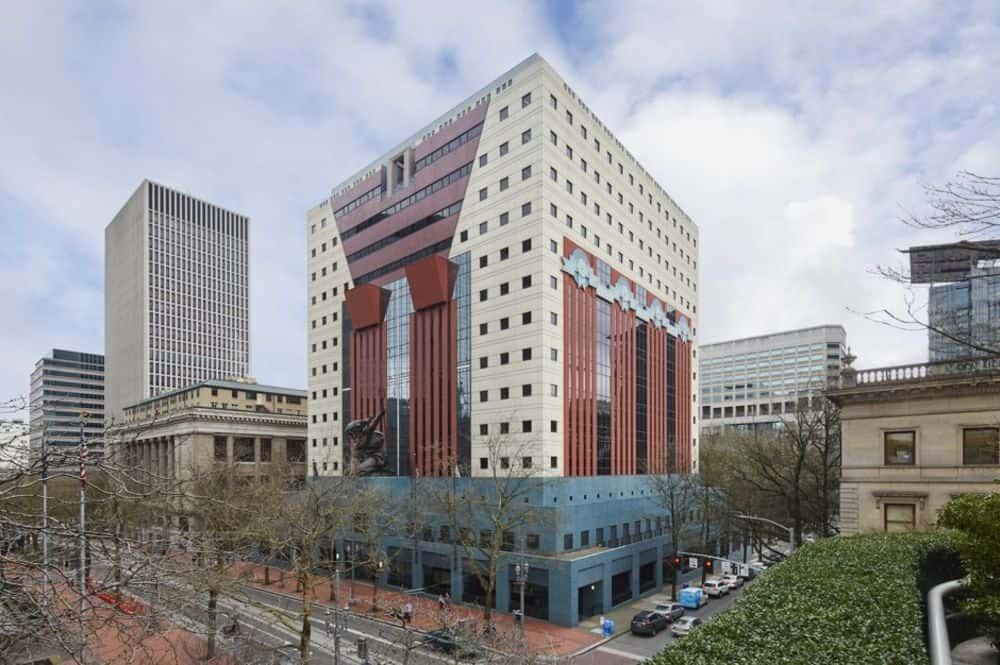
Considered the first example of postmodern architecture in the United States, the Portland Building in downtown Portland, Oregon, was met with skepticism. Completed in 1982 the building was attracting controversy even before the cornerstone was laid, as the traditionalists of the city were turned off by the architectural rendering’s small windows, low ceilings, and above all — its accused garish and gaudy exterior. Nearly four decades after its completion the future of the building is threatened due to consistent neglect, necessitating a $95 million renovation over a two-year time period. However, this ongoing renovation has ballooned to $124 million in hidden costs, and the architectural legacy of the building is at risk due to necessary structural changes that will alter the exterior aesthetic of the structure. Thus, it seems the controversy surrounding the Portland Building will continue to persist.
Guggenheim Museum: New York City, USA
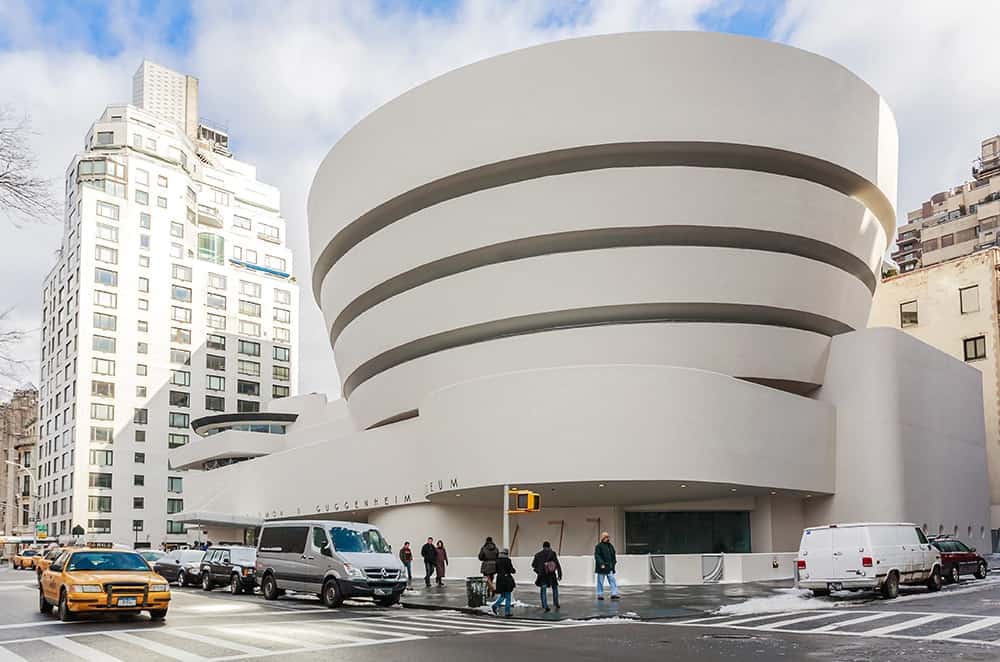
Designed by renowned American architect Frank Lloyd Wright, the Guggenheim Museum is now considered an architectural masterpiece, with countless visitors every year coming to marvel at the building and not merely the art held within it. However, when the museum first opened, it received plenty of controversies, both for its external appearance — Woody Allen likened it to a lavatory basin — and for its impracticalities. After all, Lloyd Wright designed a structure composed almost entirely of curved walls — creating difficulties for the curators who were tasked with hanging artworks onto this inhospitable surface. Despite its original icy reception by critics, who accused the architect of creating ‘architecture for architecture’s sake’, the public has embraced the building and it is now considered the crown jewel of Frank Lloyd Wright’s oeuvre.
Sagrada Familia: Barcelona, Spain
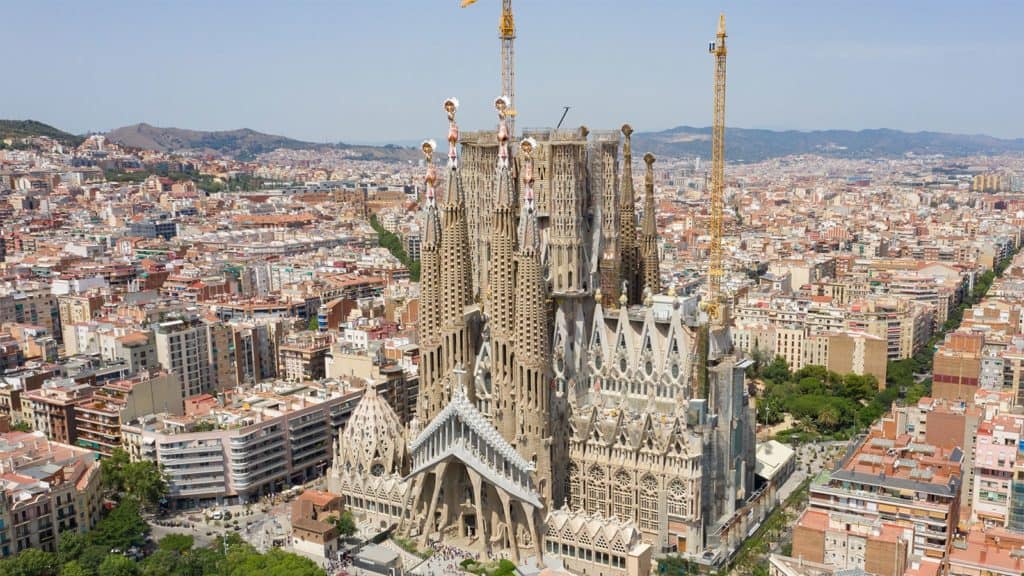
The world’s longest-running construction project; Barcelona’s Sagrada Familia originally broke ground in 1882. However, the structure’s progress was quickly halted after the famed Spanish architect Antoni Gaudi was killed after being struck by a streetcar. After the initial shock of this development, construction began again with numerous architects at the helm. Over the years several architects, from Alvaro Aalto to Le Corbusier, have unsuccessfully called for modernization of the plans, which had to be painstakingly recovered from facsimiles after the original designs were lost in the Spanish Civil War. Now funded entirely by private donations equalling approximately €25 million every year, the renewed intended date of completion is now 2026 — the centenary of the death of architect Antoni Gaudi.
Empire State Building: New York City, USA
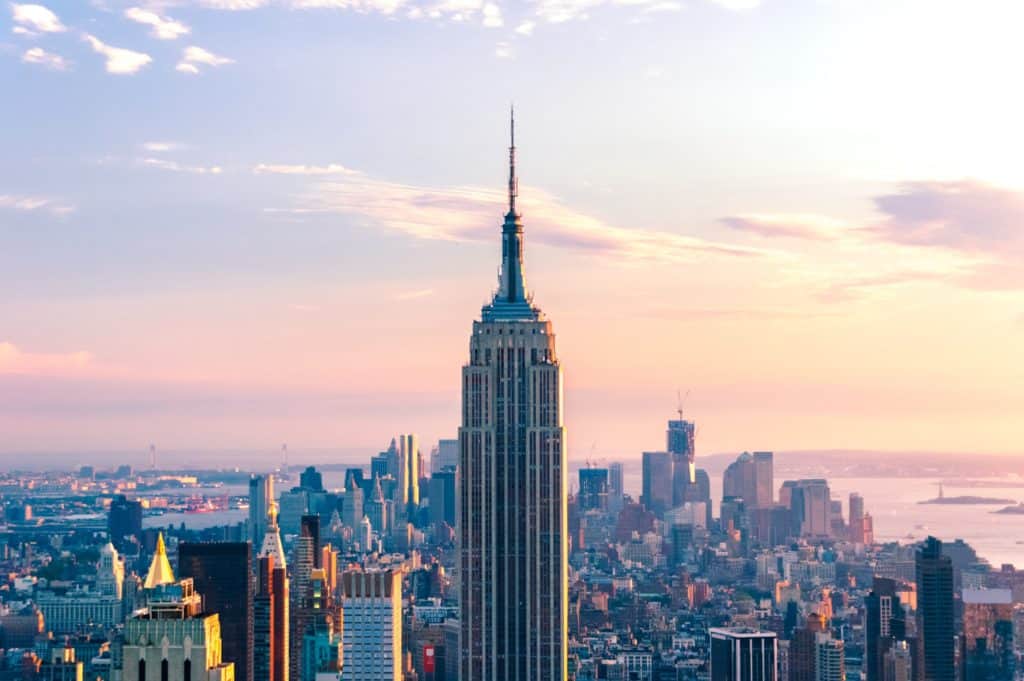
Opened in 1931, in the early throes of the Great Depression, New York City’s Empire State Building was deemed a financial disaster. Within the building’s first decade so many offices stood unoccupied that the iconic structure was cheekily nicknamed the ‘Empty State Building’ and it tragically became the site over numerous suicide attempts and even a plane crash in 1945. Eventually, after the economy got back on its feet, the floors began to fill up — and it now operates at full capacity, with high demand for purchases within the building. The Empire State Building is now to New York City as the Eiffel Tower is to Paris and is the site of innumerable cultural references and over four million visitors per year.
Relevant sources to learn more
Want to learn more about architecture?
Take a look at our coverage of the retirement of Richard Rogers, or learn about the controversial nature of Brutalism